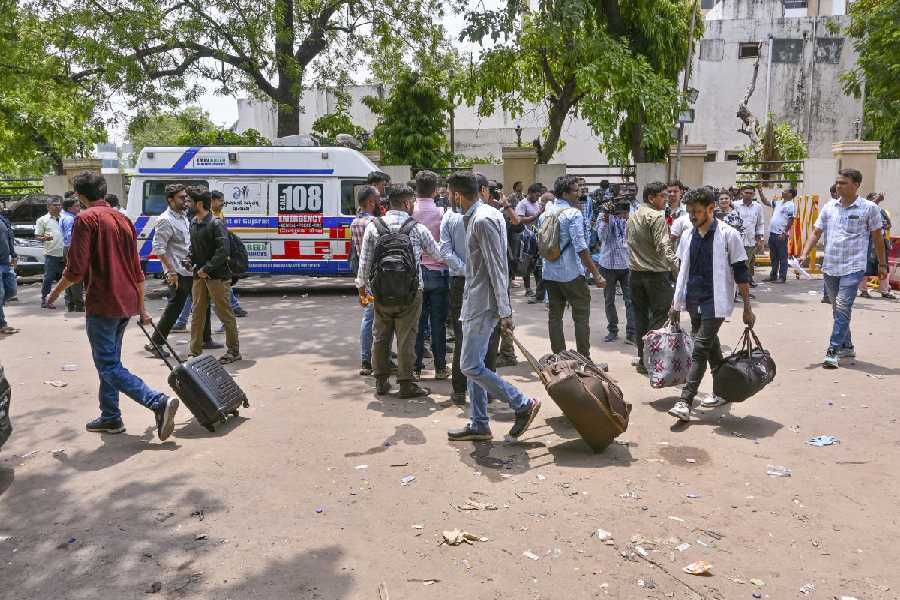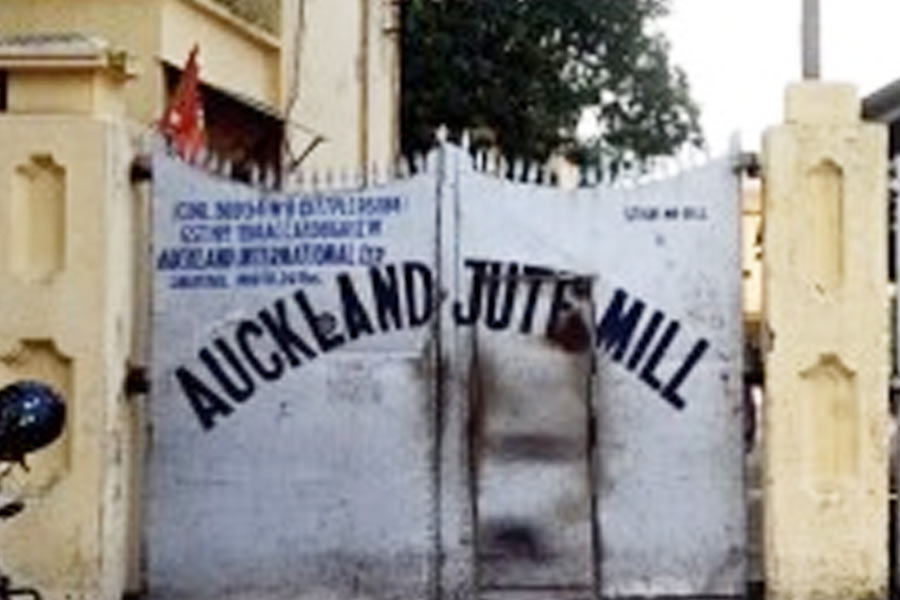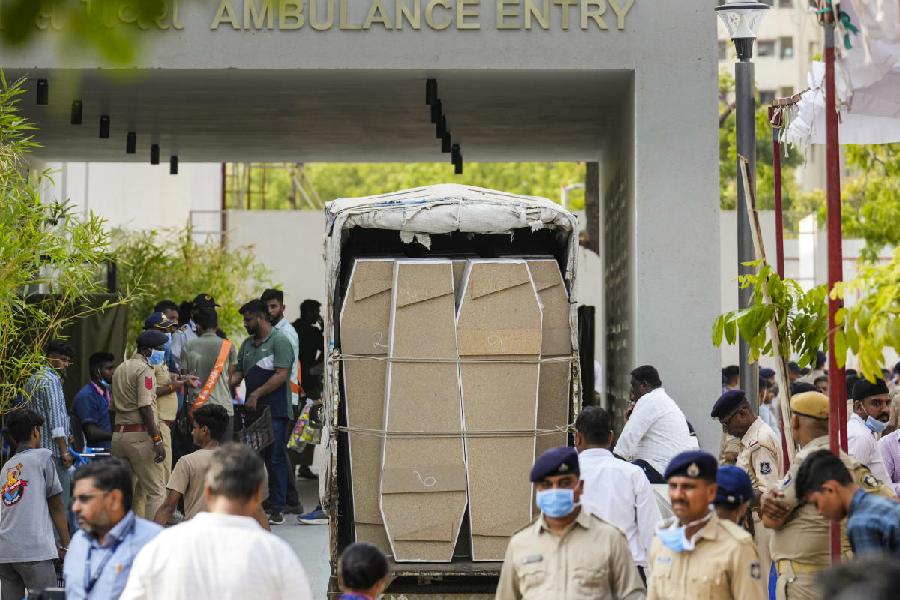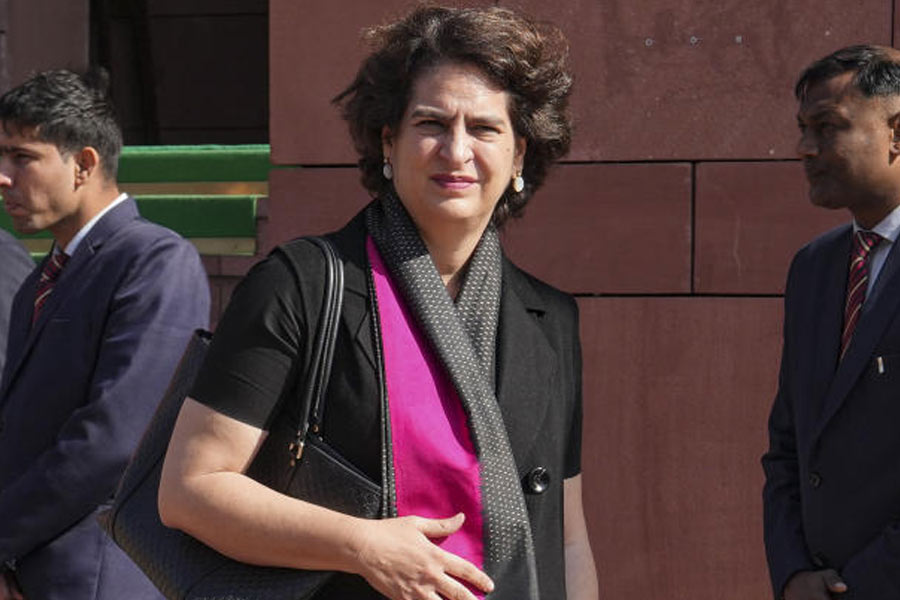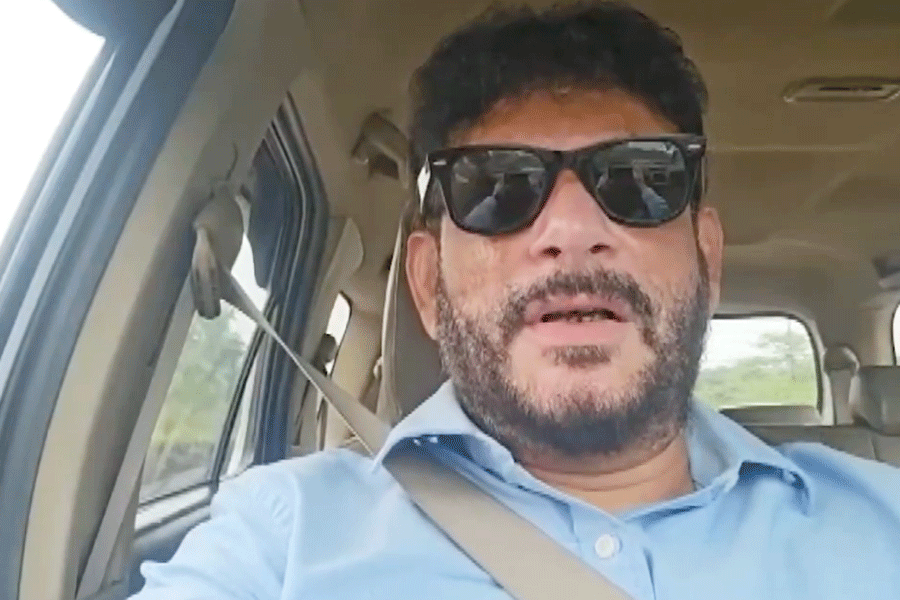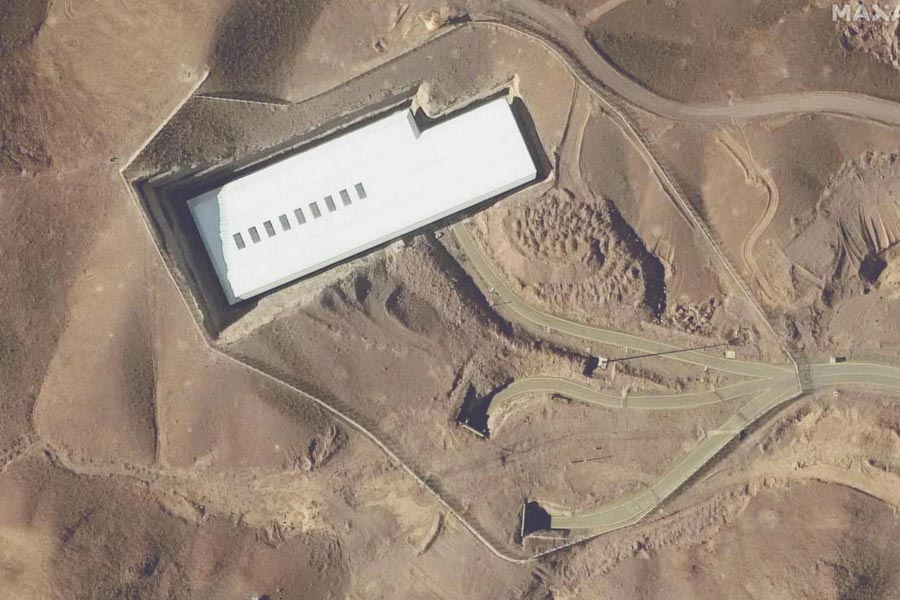 |
| ‘Villagers today are keen to have an educated person as Rangbah Shnong.’ Picture by S.H. Patgiri |
In recent times, traditional institutions are undergoing a sort of resurgence. This resurgence is being felt more keenly in the urban areas than in the backwaters of Meghalaya. The reasons are not far to seek. Most heads of traditional institutions (Rangbah Shnongs) in the urban areas are from among the educated elite. A good number of them are retired or serving government officials. At one time, only those who were indigenous to the village/locality were elected as Rangbah Shnong, meaning in a sense that they have been born and brought up in that locality.
Today, the residents are keen to have an educated person as Rangbah Shnong. Hence, they are willing to elect anyone, even if he is a new resident of the locality, provided the person has some amount of leadership qualities. This would of course, include his having the time to visit the homes of bereaved families and the like. No one who aspires to leadership in a tribal community can abstain from attending funerals. This is an important responsibility and MLAs, MDCs, MPs among others, are all expected to have time for this social event.
Traditionally, every village had its founding clans. These are called the Bakhraws. Only these clans have the right to elect the Syiem (chieftain) in that village. Residents who come and settle in that village by way of having married somebody from the community are not part of the electoral college for electing the Syiem. This is the distinct feature of Khasi democracy. What were villages 50 years ago are now part of the urban conglomerate. Funnily, some of those distinct features of tradition are sought to be retained. This creates a sort of conflict between those who want change and those who are anti-change.
In large parts of Nongthymmai area, which includes what is at present known as Lumiablot, Pohkseh, Rynjah, Lumbasuk, Rngi Jynriew, for instance, the Kharkongor clan was the traditional land-owners, being the first settlers of the area. They are known as zamindars because they issued pattas (land documents) to all those who bought land within the area of that clan’s jurisdiction. A Rangbah Shnong in any of the above areas was expected to be from the Kharkongor clan. It was a sort of chauvinistic claim considering that the Kharkongor clan no longer owns the major portion of land in those areas. Nor are the clans in the majority. So much of intermarriage and alienation of land, by way of sale to people who can pay, has carried on that Kharkongors have in fact been reduced to a minority in most of the above mentioned areas. Yet, some of the elders of the clan still exert authority and claim over the office of Rangbah Shnong. This reduces Khasi democracy to some sort of feudal stranglehold.
Changing times
It is ironic that the Rangbah Shnong of Pohkseh has held the post for well over two decades, whether people like it or not. His secretary, on the other hand, is a high-ranking officer in the government. How the two see eye-to-eye is anybody’s guess. The transition from that of electing semi-literate or illiterate Rangbah Shnong has been necessitated because of the frequent interface that the traditional heads have with the ruling governments and other visitors who are keen on studying the evolution of traditional institutions. Recently, a group of MPs visited Shillong and had their share of interaction with the Rangbah Shnong. While translations are acceptable in this day and age, it makes a difference if one is able to put his points across, minus a translator. This reduces the chances of being misinterpreted. Most residents feel better if they know their Rangbah Shnong speaks from a position of strength and is well able to defend their rights and access development projects for their localities.
The government of Meghalaya has now done away with the practice of allowing any clan to issue pattas. In some ways this has reduced the hold of respective clans over certain areas. Some might wonder how the clans have assumed ownership over the land. At a time when Khasi Hills was an uninhabited jungle, some clans were adventurous enough to stake claim to large tracts of that uninhabited wilderness. This practice was known as ka skud khyndew. Land was then freely distributed by the clans to whosoever wants to come and settle within those boundaries. They did this because they felt the need for companionship and social interaction. It was too lonely and fearsome for 10 people to live in an entire village which comprises thousands of acres of land.
Gradually land was given value too. The clans began to earn huge incomes from sale of land. But sometimes they sold the same acreage twice over as is the case with the land now under dispute between the Kharkongor clan and the 58 Gurkha Training Centre, at Lapalang. The land alongside the Umkhrah river in Polo Ground is also under dispute. Government claims it as land leased by it from respective clans. Those clans claim that the government’s lease has lapsed. Meanwhile, the clans have sold out the land, probably in connivance with people from the revenue department of the state government. Most of the buyers are officials who have close links with the legal or revenue department. These landowners have meanwhile sub-leased their lands to people of dubious identity who have turned the area into a slum. The recent flash floods at Polo Ground are largely man-made since constructions have encroached into the riverbed.
Great expectation
Governance has become a complicated business here since the government is expected to rush and help the distressed victims of floods. These same victims had at one time taken the government to court for demolishing unauthorised structures on the same land. In fact the single bench judgment of the Shillong bench of Guwahati High Court upheld the petitioners’ claim that government had no right over the land. The Meghalaya government is now approaching a division bench of the high court for establishing the bonafide claim over the disputed land.
What kind of governance do traditional institutions provide? As of today, traditional institutions maintain their exclusivity in that they do not associate anyone other than the Khasis (indigenous people) in their dorbar. Other non-Khasi, non-tribal residents are therefore left out of the purview of the dorbar but are expected to fall in line with all the decisions taken by that dorbar. Evidently, there is not even a trace of democracy here since dialogue and dissent is ruled out completely. In certain areas, where non-tribals have polarised and form a good chunk of the population, they have learnt to beat the traditional institutions at their game by forming their own dorbars and electing their own headmen. Nongmynsong, Police Bazar, Jail Road, Barapathar and Umpling are some examples.
The tribals feel this is a breach of traditional values. What they do not realise is that Meghalaya, which is predominantly a land of the Khasis, Jaintias and Garos, is an integral part of India and that India is fully democratic, allowing freedom of expression and dissent. How can people enjoy democracy at one level and forfeit it at another level? There is a serious dichotomy here. The dichotomy is accentuated because urban Meghalaya is today inhabited by different groups of people and where no single tribe can claim to be a majority. How, then, can a minority group in one area of the state stake claim to govern the majority without involving them in decision-making processes? The tribal institutions claim that they would lose the essence of tradition and uniqueness if “others” were included. The question is how far they can stretch tradition without harming themselves.
All societies in the Northeast are going through various stages of transition. The dorbars have themselves adapted to modern needs and created posts such as those of the Rangbah Dong, which were not there originally. Minutes of meetings were never recorded in the past because we had no script. Now every meeting is minuted. Hence, a dorbar is no sacrosanct institution. If dorbars are looking for constitutional status, they must do away with the little frills of tradition which make them appear bigger than they are. The Constitution of India has no place for sacrosanct institutions.
Hence, unless dorbars accommodate and assimilate the people over whom they seek to govern, they might ultimately be sidelined not just by those they exclude but others who see the light of reason and feel that they need to oppose the undemocratic norms that govern the dorbars today.


